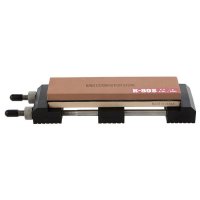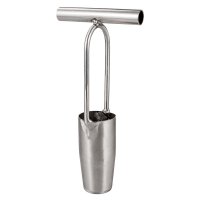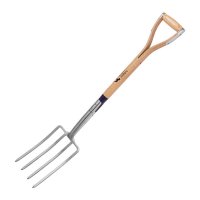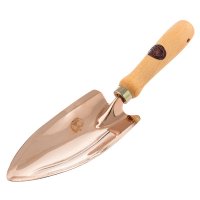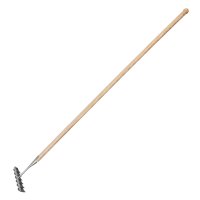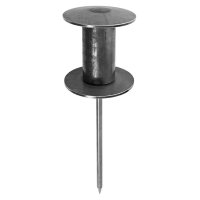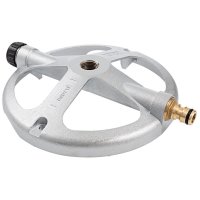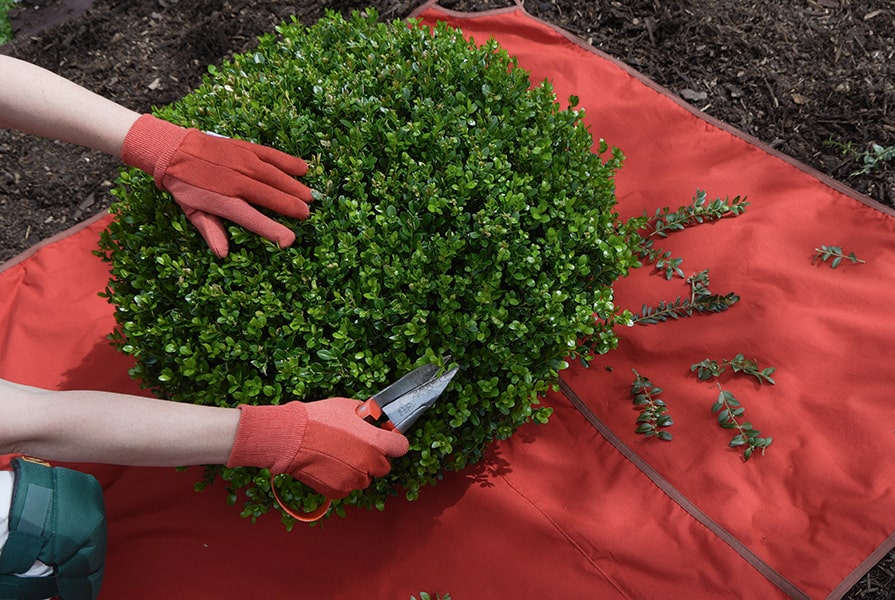
Maintaining and Caring for Garden Tools
An essential task in spring is the maintenance and care of garden tools. Thoroughly clean the tools and remove rust, dirt, and plant debris. Sharpen the blades of shears, hedge trimmers, and lawn mowers to ensure a clean cutting pattern and efficient work. Also, check the functionality of garden tools such as sprayers and watering cans, and replace any defective parts.
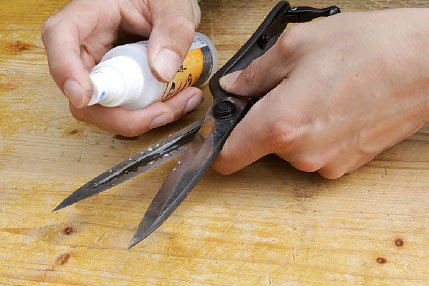
Garden Planning
Before starting the actual gardening work, it is essential to create a plan. Consider which plants and flowers you want to grow this year and where they should be placed in the garden. Take into account the space required for the plants, soil conditions, and light conditions. Sketch out your garden plan to get a better understanding of the required space and arrangement of the plants.
Soil Preparation
The soil is the foundation for the healthy growth of your plants. After winter, the soil may be compacted and infested with weeds. Start by clearing the garden of weeds using a hoe or a spade. Make sure to remove the roots as well to prevent regrowth.
Next, it is essential to loosen the soil. This promotes aeration and allows plants to access nutrients and water more easily. Use a garden fork or a cultivator and work at a depth of about 20 to 30 centimeters.
Soil Improvement
After loosening the soil, it's time to enrich it with nutrients. Compost is excellent for this purpose. Spread a 5-centimeter-thick layer of compost on the soil surface and incorporate it using a garden fork or a spade. If necessary, additional fertilizers such as horn meal or slow-release fertilizers can be used.
Lawn Care
The lawn is a central element in many gardens and requires special care in the spring. Start by clearing the lawn of leaves, branches, and other garden debris. Next, you should scarify the lawn to remove moss and thatch, improve aeration, and promote the growth of the grasses.
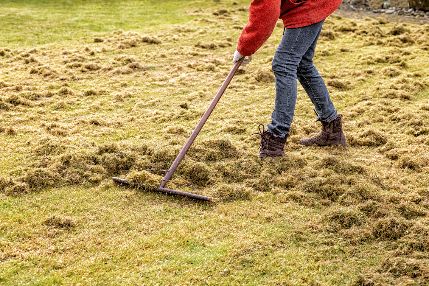
After scarifying, it is advisable to fertilize the lawn. Use a specific lawn fertilizer that provides the grasses with the necessary nutrients. About two weeks after fertilizing, the lawn can be mowed for the first time, with a cutting height of about 4 to 5 centimeters. Make sure not to cut the grass too short to prevent weakening the grasses and giving weeds a chance to thrive.
You can find more tips on lawn care in the article How to Properly Care Your Lawn.
Pruning Shrubs and Trees
Spring is also the ideal time to prune trees, shrubs, and hedges. For shrubs and hedges, remove dead or damaged branches and shoots. Make sure to cut above a bud or lateral shoot to encourage the growth of new shoots.
For trees, also remove dead, diseased, or damaged branches. The cut should be as smooth and without frayed edges as possible to speed up the healing of the wounds. To promote the crown structure of young trees, you can also remove obstructing and inward-growing branches.
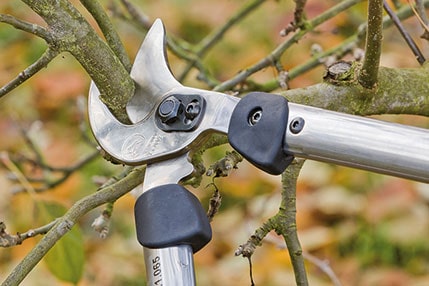
You can find tips for the right maintenance pruning in our article Effective maintenance pruning for shrubs and hedges.
Cutting Back Perennials and Ornamental Grasses
To prepare perennials and ornamental grasses for the new gardening season, they should be cut back in the spring. For perennials, remove the old foliage and cut the plants about a hand's breadth above the ground. For ornamental grasses, it is advisable to cut them back to about 10 centimeters above the ground. This allows the plants to sprout vigorously and become fuller and bushier in the new season.
Planting New Plants
After tidying up the garden, preparing the soil, and caring for existing plants, it's time to plant new ones. When purchasing, ensure that the plants are healthy and strong and show no signs of disease or pests.
After tidying up the garden, preparing the soil, and caring for existing plants, it's time to plant new ones. When purchasing, ensure that the plants are healthy and strong and show no signs of disease or pests.
Installing Plant Supports and Trellises
Some plants, like climbing roses, clematis, or peas, require supports or trellises to grow in the right direction and find sufficient support. Install trellises, espaliers, or stakes in early spring to prevent plant damage and promote healthy growth.
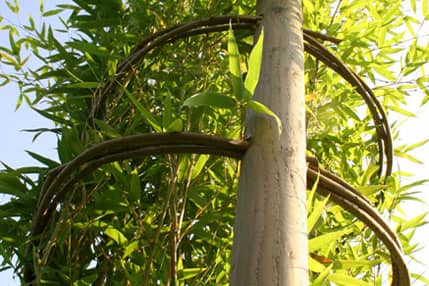

Checking Watering and Irrigation Systems
In spring, also prepare your watering and irrigation systems for the upcoming gardening season. Check hoses, connectors, and nozzles for damage and ensure all parts are working properly. Plan efficient and resource-saving watering by using, for example, drip irrigation systems or rainwater.
You can find tips on this in our article Tips on how to properly water lawns, flower beds and more.
Pest Control and Disease Prevention
To prevent pests and diseases in the garden, take some preventative measures in spring. Remove dead plant debris and weeds, as they often harbor disease-causing organisms and pests. Ensure good ventilation of plants to prevent fungal diseases and rely on natural pest control methods such as beneficial insects or biological preparations.
Pond and Fountain Care
If you have a pond or fountain in your garden, it should also be spruced up in the spring. Remove algae and leaves from the water to ensure good water quality. Check the pump and filter system for functionality and clean them if necessary. Ensure that the water level is adequate and, if needed, add water.

